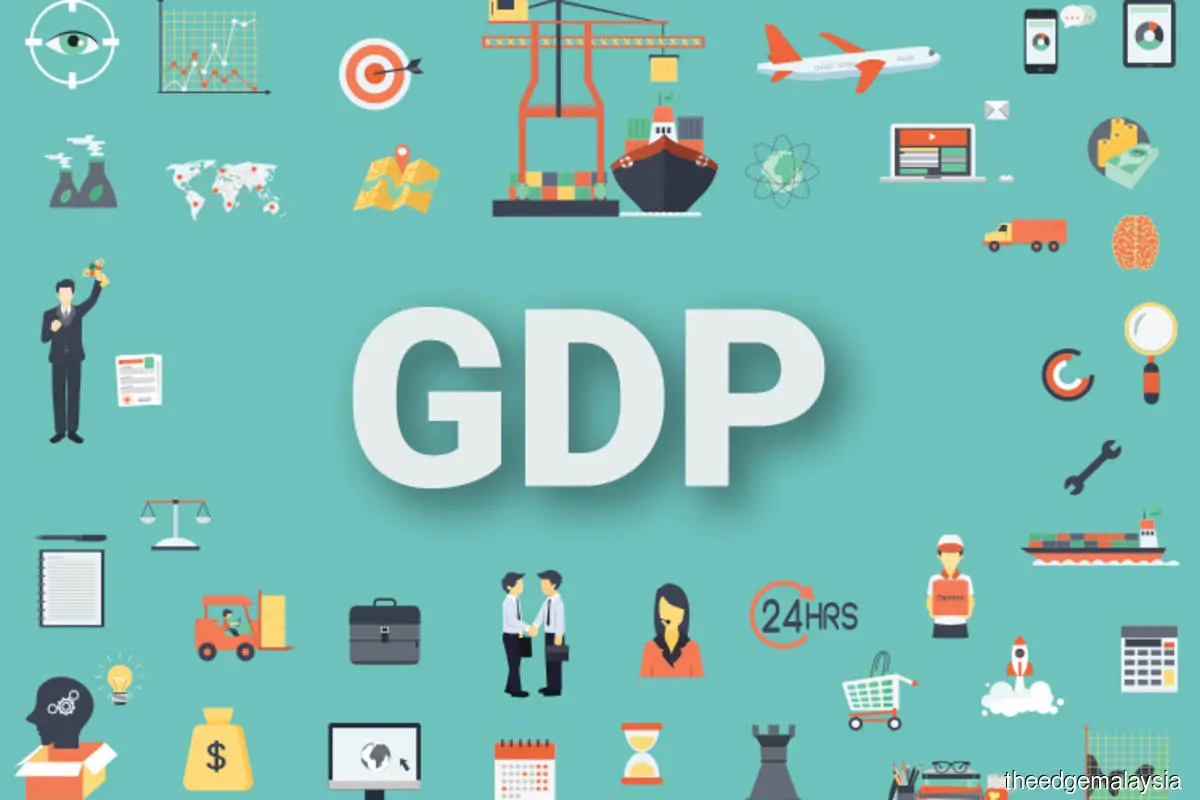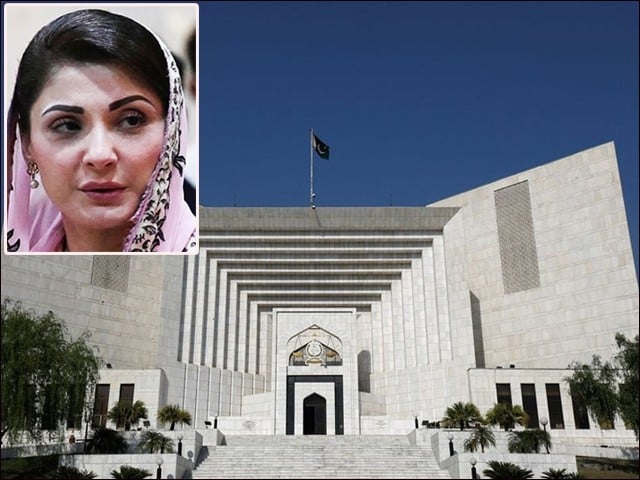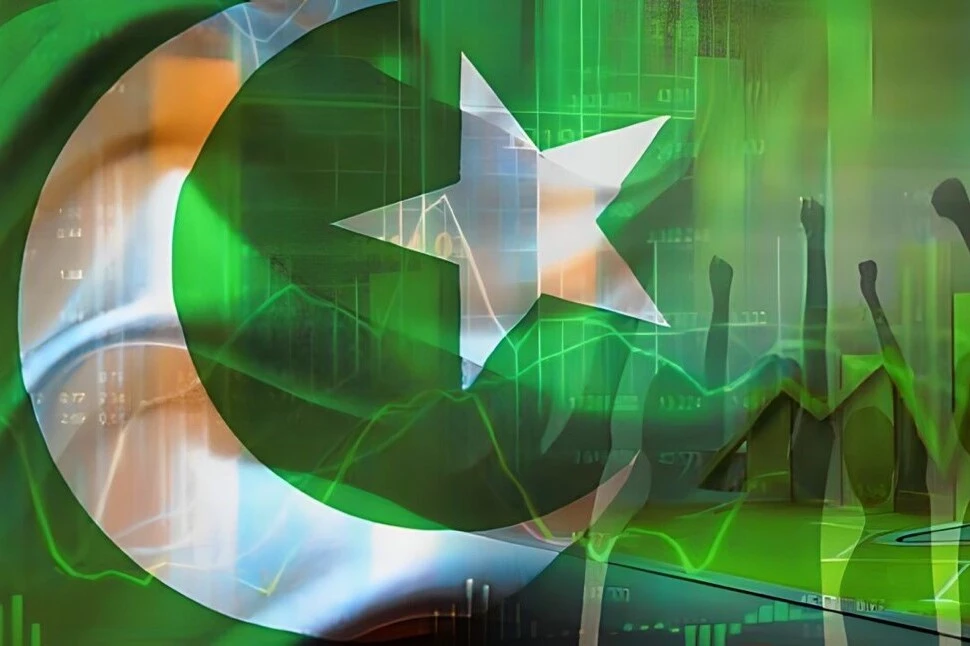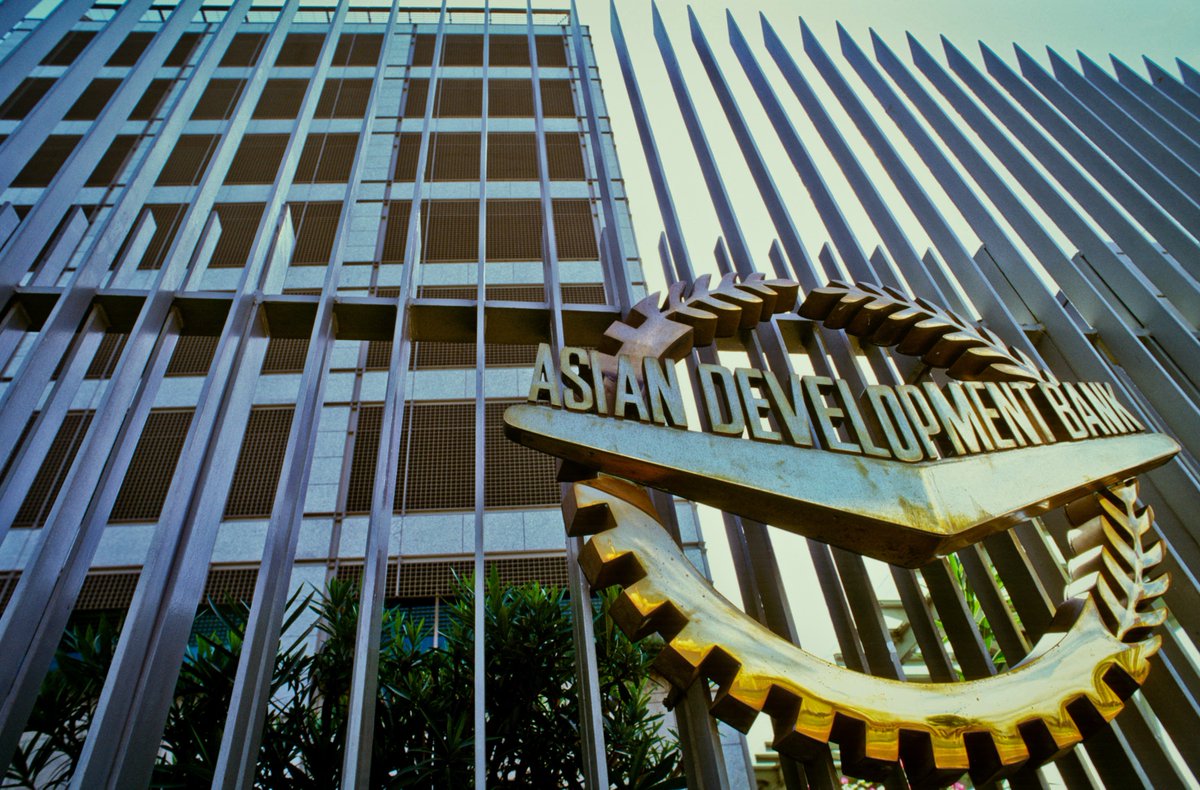Arshad Mahmood Awan
Gross Domestic Product (GDP) is a critical economic indicator that measures the total monetary value of all finished goods and services produced within a country’s borders over a specific period, typically annually or quarterly. It is a fundamental measure of the economic performance of a country and provides insights into the size, growth rate, and overall health of its economy.
GDP is composed of several components, including personal consumption, business investment, government spending, and net exports (exports minus imports). Personal consumption represents the total spending by individuals and households on goods and services, while business investment includes spending on capital goods, such as machinery and equipment, as well as the construction of structures. Government spending encompasses expenditures on goods and services by federal, state, and local governments. Net exports reflect the value of a country’s exports minus its imports and indicate the contribution of international trade to the economy.
GDP serves as a key indicator of a country’s economic health and is used by policymakers, economists, and analysts to assess and compare the economic performance of different countries. It offers valuable insights into the standard of living, economic growth, and productivity within a nation.
Moreover, changes in GDP over time provide crucial information about the direction and pace of economic growth. Positive GDP growth indicates an expanding economy characterized by increased production, employment opportunities, and overall prosperity. Conversely, negative GDP growth, or a decline in GDP, suggests an economic downturn, potentially leading to decreased consumer spending, business investment, and job opportunities.
GDP also plays a significant role in informing government policies and decision-making. Policymakers utilize GDP data to formulate fiscal and monetary policies, assess the impact of economic interventions, and make informed decisions regarding taxation, government spending, and regulation.
In addition to its practical applications, GDP serves as a basis for comparing the economic performance of different countries. By calculating and comparing GDP figures, analysts can evaluate and rank countries based on their economic output and growth rates, providing valuable insights into global economic trends and disparities.
Overall, GDP is a crucial metric that offers comprehensive insights into a country’s economic activity, growth, and overall well-being, making it a central focus of economic analysis and policymaking.
The Pakistan Bureau of Statistics (PBS) recently revised its Gross Domestic Product (GDP) growth rate estimates for the current year, indicating a growth rate of 2.38 per cent. The third-quarter growth rate was revised to 2.09 percent, with the July-September figures adjusted to 2.71 percent (originally estimated at 2.5 percent), and the second quarter revised to 1.79 percent (from the initial estimate of 1 percent).
When considering the average of the three quarters based on the original estimates, the nine-month growth rate stands at 1.8 per cent, requiring a significant 3.9 per cent growth in the last quarter to achieve the projected 2.38 per cent annual growth rate. However, with the upward revision, the last quarter would need to register a more credible 2.72 per cent growth to reach the projected annual growth rate.
The upward revisions for the first two quarters are reminiscent of the downgrading of the 2012 growth rate by the previous government, raising concerns about the credibility of the data. This is the first year that PBS has begun to calculate quarterly GDP growth statistics, and it’s possible that the understatement is due to a lack of experience and expertise.
In light of these concerns, independent economists have challenged the inflation figures reported by PBS, highlighting discrepancies in calculating electricity tariffs and considering subsidized rates of essentials. They argue that the actual inflation rate is significantly higher, impacting the general public’s perception of the economic situation.
The PBS attributes the upward revision of growth in the first and second quarters to significant growth in mining and quarrying, which nearly doubled in the first quarter and contributed to positive changes in industrial activities. However, questions have been raised about the justification for these revisions, particularly concerning the mining and quarrying sector’s contribution to Pakistan’s GDP and its impact on employment.
Additionally, concerns have been raised about the decline in electricity, gas, and water supply, which has affected output and the general public’s quality of life. It is crucial for the PBS to provide accurate data to enable policymakers to make informed decisions.
Furthermore, there are allegations that Pakistani governments have pressured PBS to present data that portrays a more positive economic performance than the actual situation, potentially influencing leadership decisions and public perception. These actions have raised doubts about the reliability of the data and the transparency of the statistical gathering process.

















































